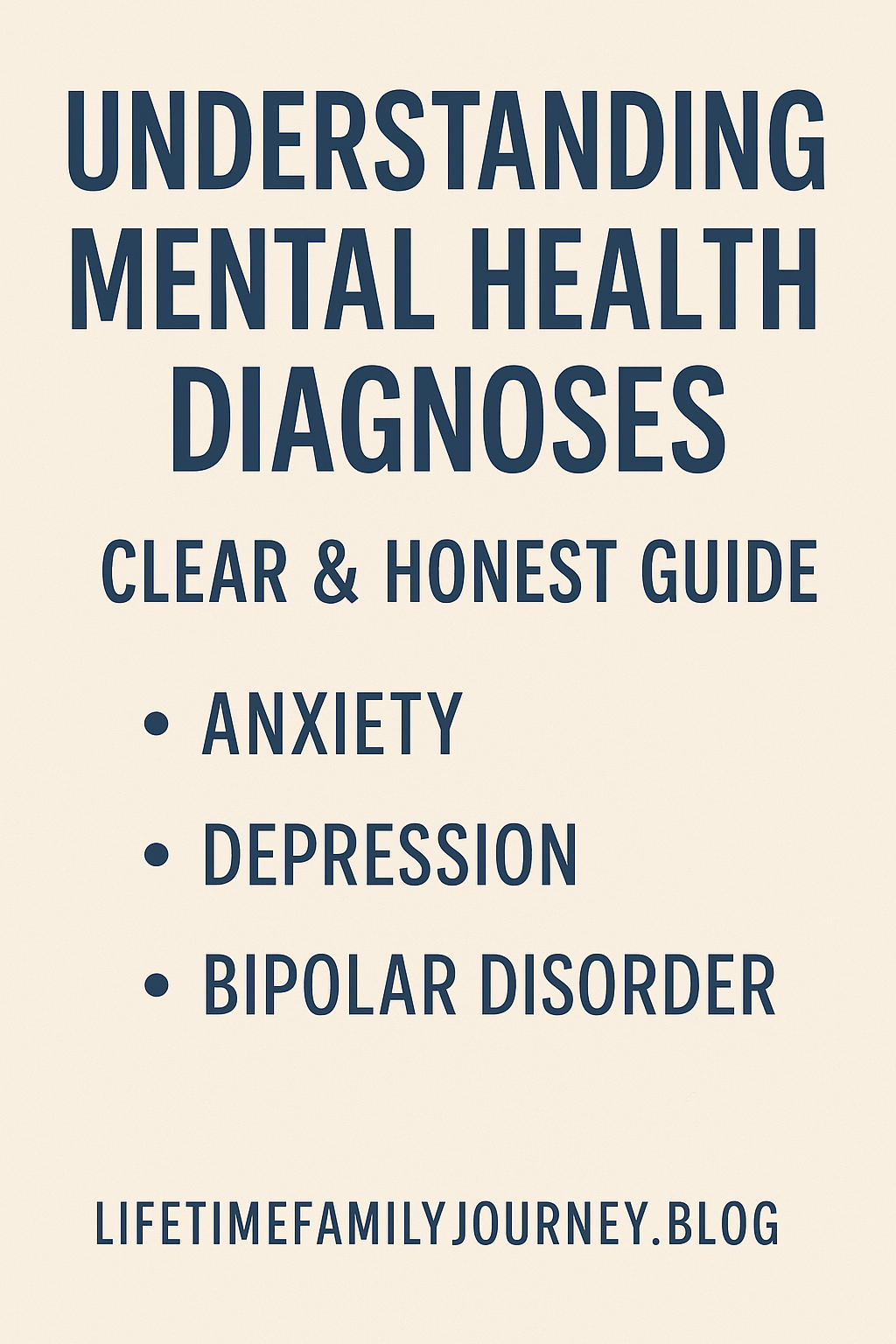Understanding Mental Health Diagnoses: Clear & Honest Guide
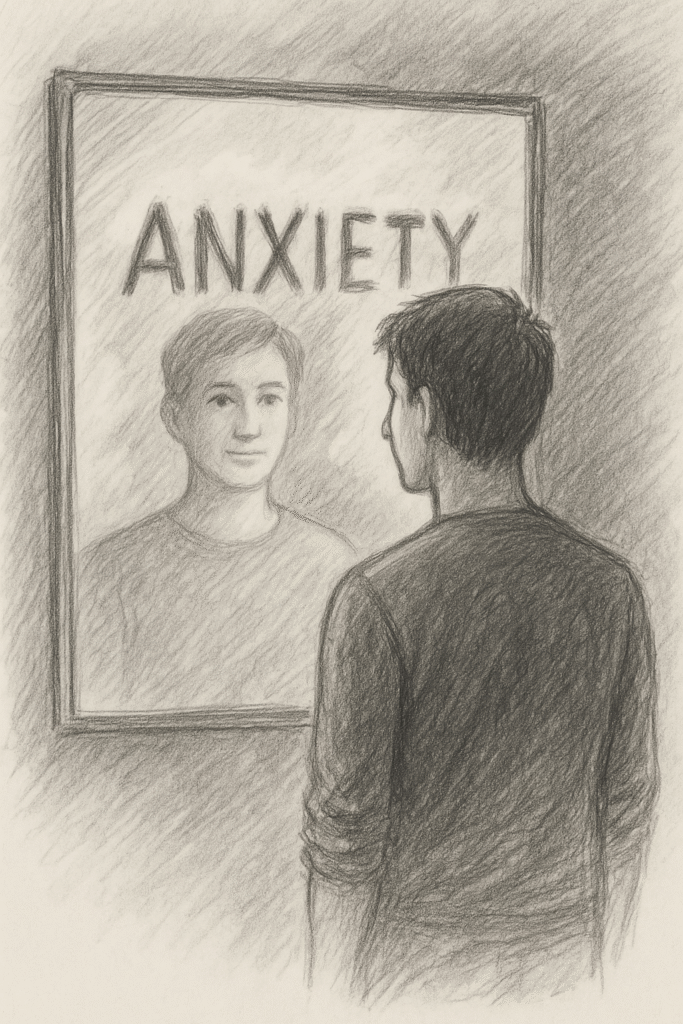
They Said I Had What?
You walk out of that doctor’s office with a piece of paper in your hand and a label rattling around in your head. Maybe it was “generalized anxiety disorder.” Maybe it was “major depressive episode.” Maybe it just felt like someone had handed you a roadmap written in a foreign language—one you never wanted to learn.
I get it. After twenty-plus years of marriage, six kids ranging from my oldest Natalie at 20 down to little Brayden at 6, and twelve years in the Air Force working on aircraft hydraulics, I’ve seen my share of moments when life hands you something you didn’t see coming. Mental health diagnoses are like that—they show up uninvited and suddenly everyone expects you to know what they mean.
Here’s what I wish someone had told me from the start: understanding mental health diagnoses isn’t about accepting a life sentence. It’s about getting the tools to understand what’s been happening in your brain and heart all along. The process of understanding mental health diagnoses can feel overwhelming at first, but these labels? They’re starting points for healing, not permanent identity markers carved in stone.
Let me walk you through what these diagnoses actually mean—and more importantly, what they don’t mean about who you are. When it comes to understanding mental health diagnoses, knowledge truly is power.
Why Labels Matter—and Why They Don’t Define You
Think of a mental health diagnosis like getting your car diagnosed at the shop. When the mechanic says your transmission is slipping, they’re not telling you that your car is worthless or that you’re a bad driver. They’re giving you specific language to describe what’s wrong so they can fix it.
Understanding mental health diagnoses works the same way. These labels serve some pretty important purposes:
Insurance companies need them. Without a proper diagnosis, getting coverage for therapy or medication becomes nearly impossible. It’s bureaucratic, sure, but it’s also practical reality.
Treatment gets more targeted. A therapist approaches anxiety differently than depression, and bipolar disorder requires different strategies than either one. The more specific the diagnosis, the more tailored your care can be.
You finally have words for what you’ve been feeling. Sometimes the biggest relief comes from hearing “Yes, this is a real thing, and you’re not losing your mind.”
But here’s where I need you to pump the brakes: a diagnosis is a tool, not a cage.
I’ve watched too many people—including folks in my own extended family—take a mental health label and wear it like it’s their entire identity. “I’m bipolar” becomes “I am only my disorder.” “I have anxiety” becomes “I can’t do anything because of my anxiety.”
That’s not how this works. You are not your diagnosis any more than my buddy Jake is his diabetes or my wife is her thyroid condition. You’re a whole person who happens to be dealing with something that has a medical name.
Understanding Anxiety Disorders: When Worry Becomes a Disorder
Let’s start with anxiety, because honestly, if you’re a parent breathing in 2025, you’ve probably felt some version of this. But there’s a difference between normal worry and clinical anxiety disorder symptoms.
Normal anxiety hits when Brayden disappears at the grocery store for thirty seconds, or when Kaelyn’s driving alone for the first time. Your heart races, your mind spins through worst-case scenarios, but when the moment passes, so does the feeling.
Anxiety disorders are different. They’re like having a smoke alarm that goes off when you’re making toast—the response is way out of proportion to the actual threat, and it doesn’t stop when the “danger” passes.
Here’s what to watch for:
📍 Physical symptoms that seem to come from nowhere:
• Heart pounding like you’ve just run a marathon
• Sweating when it’s not hot
• Feeling like you can’t catch your breath
• Stomach doing backflips for no apparent reason
🧠 Mental symptoms that feel relentless:
• Thoughts that won’t stop racing
• Constant “what if” scenarios playing on repeat
• Feeling like disaster is always just around the corner
• Being unable to concentrate because your brain is stuck in overdrive
Generalized Anxiety Disorder means you worry about everything—work, kids, money, health, whether you remembered to lock the door—and you can’t turn it off. It’s like having a browser with forty tabs open, all playing anxiety-inducing videos. 🖥️
Panic Disorder brings those terrifying moments when your body acts like you’re in mortal danger when you’re just sitting in traffic. Your heart pounds, you can’t breathe, and you’re convinced you’re having a heart attack or dying.
Social Anxiety makes normal human interactions feel like performing surgery while everyone watches. Ordering food, making small talk, even texting someone back can feel overwhelming. 😰
The key difference? Normal anxiety motivates you to solve problems. Anxiety disorders make you avoid them altogether or feel paralyzed even when you know what needs to be done.
🔍 Normal Anxiety vs. Anxiety Disorder:
| Normal Anxiety | Anxiety Disorder |
|---|---|
| ✅ Temporary response to stress | ❌ Persistent, even without clear trigger |
| ✅ Proportional to the situation | ❌ Out of proportion to actual threat |
| ✅ Motivates problem-solving | ❌ Causes avoidance or paralysis |
| ✅ Fades when situation resolves | ❌ Continues even after “danger” passes |
| ✅ Doesn’t interfere with daily life | ❌ Significantly impacts work, relationships, sleep |
Have you ever noticed how anxiety seems to multiply when you try to fight it? That’s because anxiety disorders aren’t really about the things you’re worried about—they’re about your brain’s alarm system being stuck in the “on” position.
When anxiety crosses the line from helpful to harmful, that’s when understanding mental health diagnoses becomes crucial—especially for identifying your specific type. The way we think shapes how we respond, which is why developing positive mindset habits can play a powerful role in how we interpret and manage anxiety. Getting the right diagnosis means getting the right help—and creating the mental space to actually receive it.
The National Institute of Mental Health provides comprehensive information about different types of anxiety disorders and evidence-based treatments that actually work.
Understanding Depression: More Than Just Feeling Sad
Here’s what drives me crazy about how people talk about depression: “Just think positive thoughts!” or “Everyone gets sad sometimes.”
No. Just no.
Depression signs aren’t about having a bad day or feeling bummed out because your team lost. Clinical depression is like someone turned down the brightness on your entire world and you can’t find the dial to turn it back up. Understanding mental health diagnoses like depression requires recognizing these deeper patterns.
I remember talking to a veteran buddy who described it perfectly: “It’s not that I wanted to die. It’s that I didn’t want to be alive anymore. There’s a difference.”
Here’s what depression actually looks like:
You might still go to work every day. You might still smile when people expect you to. You might still function on the outside while feeling like you’re drowning on the inside. Depression doesn’t always look like someone crying in bed all day—sometimes it looks like going through the motions while feeling completely disconnected from your own life.
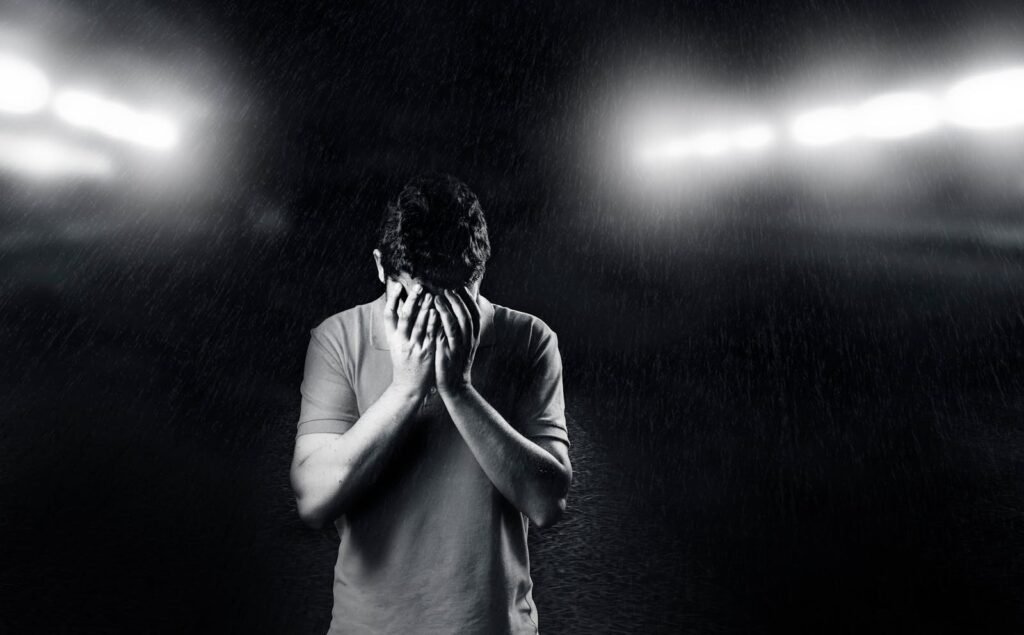
The DSM-5 criteria (that’s the manual therapists use) lists things like:
✓ Feeling sad or empty most of the day, nearly every day
✓ Losing interest in things you used to enjoy—even things that usually made you happy feel flat and pointless
✓ Significant changes in appetite or weight
✓ Sleep problems—either sleeping way too much or lying awake at 3 AM staring at the ceiling
✓ Feeling worthless or guilty about things that aren’t your fault
✓ Having trouble concentrating or making decisions
✓ Thoughts about death or dying
But here’s what they don’t always catch: Depression in men often shows up as anger, irritability, or reckless behavior rather than sadness. Depression in teens might look like academic problems, social withdrawal, or risk-taking behaviors. Depression in parents (especially moms) can hide behind being “tired” or “stressed” when it’s actually something deeper.
📊 Depression: How It Shows Up Differently
| Age Group | Common Signs | Often Missed |
|---|---|---|
| Men | Anger, irritability, substance use | Emotional numbness, “just tired” |
| Teens | Academic decline, social withdrawal | Sleep changes, risk-taking |
| Women | Sadness, guilt, fatigue | Postpartum complications |
| Parents | “Overwhelmed,” short temper | Loss of joy in parenting |
| Elderly | Physical complaints, confusion | Grief misidentified as depression |
The tricky part? You can be a high-functioning person with depression. You can love your family, be good at your job, and still feel like you’re watching your life through thick glass, unable to really connect with any of it.
Sometimes, just getting out of bed is the win. And you know what? That’s okay. Small wins count, especially when your brain is telling you that nothing matters. Building healthy family routines can provide structure that supports mental health recovery.
MentalHealth.gov offers detailed information about recognizing depression and finding appropriate treatment options.
Understanding Bipolar Disorder: Beyond the Mood Swing Myth
Let’s clear something up right now: bipolar disorder is not just having mood swings. Everyone has mood swings. Bipolar disorder is like having emotional weather systems that can shift from sunny skies to tornado warnings without any forecast.
This bipolar disorder overview might surprise you, because most people picture someone who’s happy one minute and crying the next. That’s not how this works, and understanding mental health diagnoses like bipolar disorder requires looking deeper than surface-level mood changes.
Bipolar I includes full manic episodes—and mania isn’t just being really happy or excited. Mania can look like:
🔋 Going days with almost no sleep but feeling completely energized
💡 Having grandiose ideas that seem brilliant at 2 AM but make no sense in daylight
💸 Spending money you don’t have on things you don’t need
🗣️ Talking so fast that people can’t follow what you’re saying
⚡ Taking risks that would normally terrify you
👑 Feeling like you’re invincible or chosen for something special
Bipolar II involves hypomania, which is like mania’s quieter cousin. You might feel incredibly productive, confident, and creative. People might even compliment you on how “on top of things” you seem. But underneath, you know something feels different—almost too good, like you’re running on high-octane fuel that’s going to run out eventually.
Then comes the depression part, and it’s not just feeling sad. It’s the complete opposite of mania—everything feels impossible, your energy vanishes, and you can’t understand how you ever felt capable of anything.
Here’s what makes bipolar disorder particularly challenging: the timing is unpredictable. You might have weeks or months of stability between episodes. You might cycle rapidly. You might have mixed episodes where you feel depressed and manic at the same time, which is as confusing as it sounds.
⚡ Bipolar I vs. Bipolar II: Quick Comparison
| Aspect | Bipolar I | Bipolar II |
|---|---|---|
| Manic Episodes | Full mania (7+ days or hospitalization) | Hypomania only (4+ days) |
| Depression | Major depressive episodes | Major depressive episodes |
| Severity | More severe manic symptoms | Milder “up” periods, severe depression |
| Functioning | Significant impairment during mania | Can often function during hypomania |
| Hospitalization | May require hospitalization | Rarely requires hospitalization for mania |
Common misconceptions I hear all the time:
❌ “They’re just being dramatic.” ➜ No—dramatic would be easier to control.
❌ “They just need to manage their emotions better.” ➜ This isn’t about emotional regulation; it’s about brain chemistry.
❌ “Medication will change their personality.” ➜ Good treatment helps you be more yourself, not less.
Andrea from My Big Fat Bipolar Life puts it perfectly: “I am one of the 2.8% of Americans who live with bipolar disorder. I am here to leverage my 26 years of real-life experience navigating bipolar disorder to help you live a fuller, more balanced life filled with faith, courage, and hope.”
That’s 26 years of lived experience talking—not drama, not poor emotional control, but someone who’s figured out how to thrive alongside this condition. 💪
The reality is that bipolar disorder affects how your brain processes emotions, energy, and decision-making. It’s not a character flaw or a lack of self-control. It’s a medical condition that responds to proper treatment.
If you’re dealing with setbacks in your mental health journey, remember that recovery isn’t linear—and that’s especially true with bipolar disorder. Learning about evidence-based trauma recovery strategies can complement your understanding of bipolar management.
The National Institute of Mental Health provides evidence-based information about bipolar disorder symptoms, treatment options, and management strategies.
What Mental Health Diagnoses Are (and Aren’t)
Let me pull back the curtain on how mental illness definitions actually work, because I think a lot of confusion comes from not understanding the process. Understanding mental health diagnoses starts with knowing how professionals actually make these determinations.
Getting a mental health diagnosis isn’t like getting a blood test for diabetes. There’s no single test that says “Yep, you’ve got anxiety disorder.” Instead, mental health professionals use something called the DSM-5 (Diagnostic and Statistical Manual of Mental Disorders) which is basically a detailed guidebook of symptoms, timelines, and criteria.
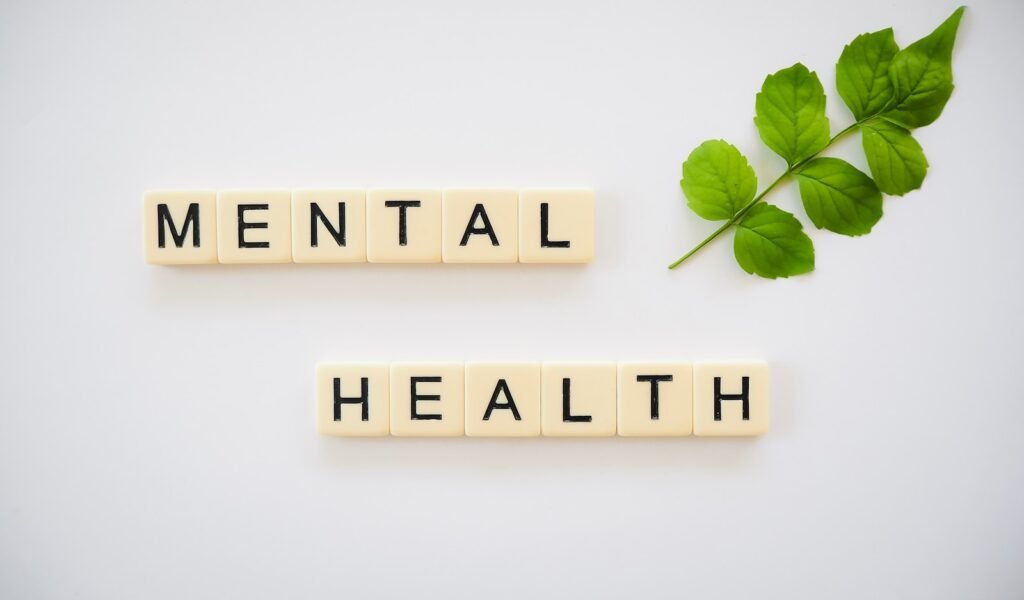
Here’s what goes into making a diagnosis:
⏰ Symptom duration: Most mental health conditions require symptoms to be present for a specific amount of time. You can’t be diagnosed with major depression after one bad week, and you can’t be diagnosed with generalized anxiety disorder after stressing about a job interview.
⚖️ Functional impairment: The symptoms have to actually interfere with your life in significant ways. Everyone worries sometimes, but does your worry prevent you from sleeping, working, or maintaining relationships?
🔍 Rule-outs: Good diagnosticians consider other possible explanations. Are you dealing with grief? Did you recently start a new medication? Are there physical health issues that could explain your symptoms?
🌍 Context matters: What’s happening in your life right now? Are you going through a divorce, dealing with job loss, or managing a sick family member? Sometimes what looks like a mental health disorder is actually a normal response to abnormal circumstances.
📋 The Diagnosis Timeline
Week 1-2: Initial symptoms appear
↓
Week 2-4: Symptoms persist, affect daily life
↓
Month 1-2: Meet duration criteria for most conditions
↓
Professional Assessment: History, symptoms, rule-outs
↓
Diagnosis: Based on DSM-5 criteria
↓
Treatment Plan: Therapy, medication, lifestyle changes
Here’s the thing that trips people up: mental health diagnoses can change over time. This doesn’t mean your first therapist was wrong or incompetent. It means we understand more about your specific situation as we gather more information. Understanding mental health diagnoses includes accepting that they can evolve as professionals learn more about your unique circumstances.
I’ve seen people get misdiagnosed initially, especially when they’re in crisis mode. Someone might come in during a depressive episode and get diagnosed with depression, only to reveal later that they also have periods of mania or hypomania—which changes the diagnosis to bipolar disorder and completely shifts the treatment approach. This is why understanding mental health diagnoses is an ongoing process, not a one-time event.
📊 Quick Reality Check:
Initial Diagnosis ≠ Final Diagnosis
Your First Label ≠ Your Only Label
One Doctor's Opinion ≠ The Complete Picture
Getting Diagnosed ≠ Being "Broken"
Your diagnosis is not your identity. It’s clinical language to help professionals communicate about your treatment. When you tell people about your diagnosis, you’re sharing medical information, not defining your character.
Think of it this way: if you broke your leg, you wouldn’t introduce yourself as “Hi, I’m John, and I have a fractured tibia.” You’d say “I broke my leg.” Same concept applies here.
You Are Not Your Diagnosis
This is where I want to get real with you for a minute. After all these years of watching people navigate mental health challenges—including in my own family—I’ve learned that the hardest part isn’t usually the symptoms themselves. It’s learning how to talk about your diagnosis without letting it become your whole story. Understanding mental health diagnoses means learning to separate the condition from your identity.
How do you tell people? Start with the people who need to know: close family, trusted friends, maybe your boss if it affects your work. You don’t owe everyone an explanation, and you definitely don’t need to lead with it in casual conversations.
Try language like: “I’m dealing with anxiety” instead of “I am anxious.” “I have depression” instead of “I’m depressed.” It sounds like a small difference, but it keeps the condition separate from your identity.
What about dating or new relationships? That’s tougher. My advice? Wait until you know someone well enough to trust them with important information about your life. Mental health is personal medical information—treat it that way.
How do you handle the bad days? Because there will be bad days, even with good treatment. On those days, remember that having a mental health condition doesn’t make you weak, broken, or defective. It makes you human with a specific challenge to manage.
Some practical strategies that I’ve seen work:
📝 Keep a “reality check” list. Write down your accomplishments, positive qualities, and things you’re grateful for when you’re feeling good. Read it when you’re struggling to remember who you are beyond your diagnosis.
👥 Find your support network. This might be family, friends, a support group, or online communities. The key is connecting with people who see you as a whole person, not just a walking diagnosis. Positive mindset habits and weekend wellness practices can help maintain these important relationships.
💬 Practice talking about other parts of your life. What are your hobbies? What do you do for work? What makes you laugh? Keep developing and sharing these parts of yourself.
🚧 Set boundaries around mental health conversations. You don’t have to be everyone’s go-to person for mental health advice just because you’ve been diagnosed with something. It’s okay to say “I’m not really in a place to discuss that right now.”
🧠 Mental Health Recovery: What Success Looks Like
🎯 Recovery isn't: ✅ Recovery is:
• Never having symptoms • Managing symptoms effectively
• Being "cured" • Living a fulfilling life
• Feeling happy all the time • Having tools to cope
• Never needing help • Building strong support systems
• Hiding your condition • Reducing shame and stigma
Understanding the first steps after getting a diagnosis can help you navigate this new information without losing sight of who you are underneath it all. The journey of understanding mental health diagnoses continues long after you receive that initial paperwork.
Remember: this doesn’t change who you are. It just gives you language for what’s been happening inside your head and heart. You’re still the same person who makes terrible dad jokes (guilty as charged), who worries about your kids, who has dreams and goals and favorite movies and strong opinions about how to load the dishwasher properly. Learning how mental health is diagnosed can help you feel more confident in the process.
Your mental health diagnosis is one part of your health story—not the whole book.
Moving Forward with Understanding and Hope
Here’s what I want you to take away from all this: understanding mental health diagnoses is about gaining clarity, not accepting limitations. The process of understanding mental health diagnoses empowers you to make informed decisions about your care and recovery.
💡 Key Takeaway: Your mental health diagnosis is a starting point for understanding and healing—not a life sentence or identity marker.
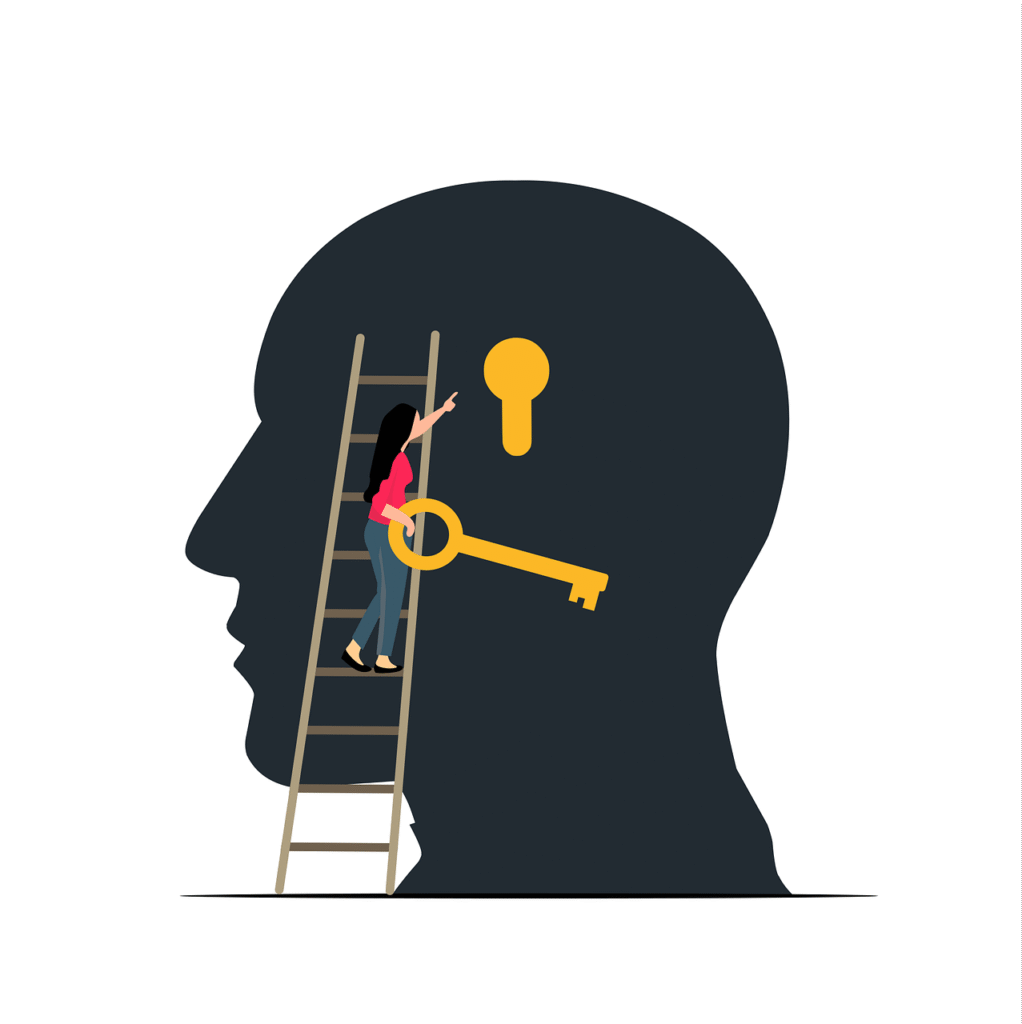
Yes, having a mental health condition means you’ll need to pay attention to certain things. You might need therapy, medication, or specific coping strategies. You might need to make adjustments in how you handle stress or structure your daily routine.
But you know what else it means? It means you’re not crazy. It means what you’ve been experiencing has a name, and names have power because they lead to solutions.
I think about my kids sometimes—how different their world is from the one I grew up in, where mental health was something people whispered about or ignored entirely. They’re growing up in a time when understanding mental health diagnoses is becoming more common, more accepted, more treatable.
That doesn’t make it easy, but it makes it possible. The journey of understanding mental health diagnoses is ongoing, and each generation gets better tools and resources.
Whether you’re dealing with anxiety that makes your heart race in grocery store lines, depression that makes getting out of bed feel like climbing Mount Everest, or bipolar disorder that takes you on emotional roller coasters you never bought a ticket for—you’re not alone in this. 🎢💙
Your diagnosis is information, not a sentence. It’s a starting point for getting better, not a destination where you’re stuck forever. Understanding mental health diagnoses gives you the language and tools you need to advocate for yourself effectively.
Keep asking questions. Keep learning about your specific condition. Keep advocating for yourself in treatment. And most importantly, keep remembering that you are so much more than whatever label got written on that piece of paper. Understanding mental health diagnoses is just the beginning of your journey toward better mental health. ✨
Breaking the stigma around mental health starts with understanding—both for ourselves and for the people we love who might be struggling too. The more we focus on understanding mental health diagnoses accurately, the better we can support each other through these challenges.
As someone at Living With Bipolar beautifully puts it: “Welcome to a personal website and blog that offers unwavering support, valuable information, and uplifting encouragement to help you tackle the challenges of bipolar disorder…” That’s the kind of community and perspective that can make all the difference in your journey.
And from Papyrus UK, one person shared: “After nine years, it has been a journey filled with ups and downs, but I have learned a lot about myself and what it takes to manage this condition.” Nine years of learning, growing, and figuring it out—that’s resilience in action. 🌱
The National Alliance on Mental Illness offers additional resources for understanding what a mental health diagnosis means and how to move forward with confidence.
You’ve got this. One day, one step, one breath at a time.
From “Keep aiming for focus and balance — Nigel’s story” on Rethink, where faith in God, writing, letting go of perfection, and consistent care helped through hard bipolar episodes. In many journeys, faith, writing, and quiet community connection have become anchors during bipolar’s hardest seasons. One writer shared how after years of manic highs and desperate lows, it wasn’t a single moment but the steady support of honest therapy, trusted people, and spiritual comfort that helped bring light back to each day. Understanding your diagnosis isn’t about a label—it’s about reclaiming hope and building a life that feels real again. 🙏
That’s the truth—whether your healing journey includes faith, therapy, medication, support groups, or a combination of approaches, recovery is possible. You’re not stuck with whatever label you received today.
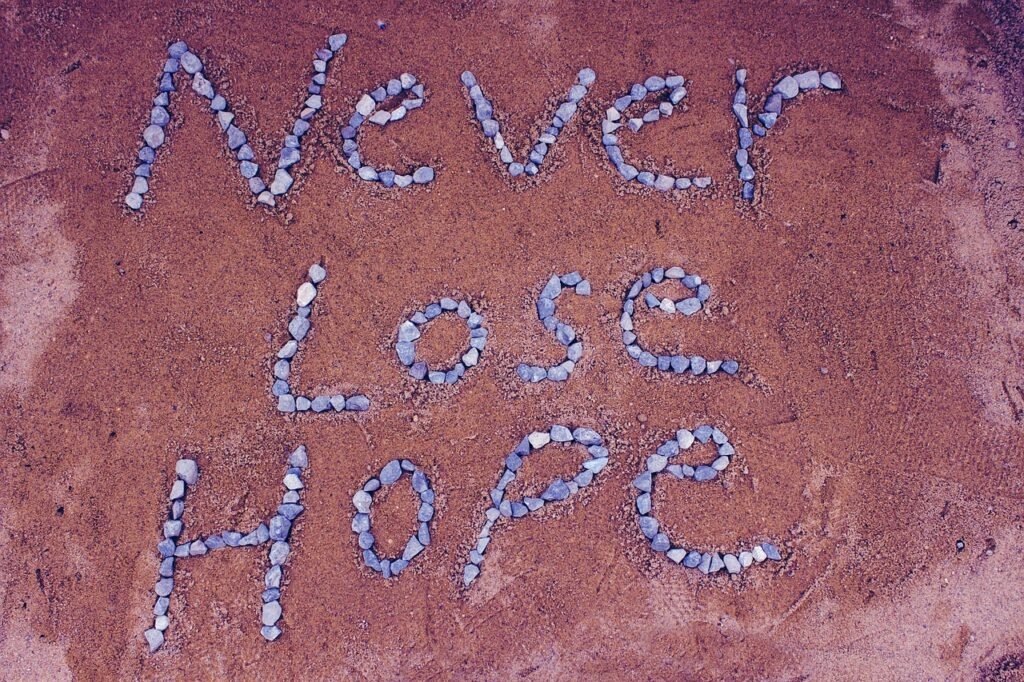
More from Our Family of Blogs:
Lifetime Family Journey – Stories, guides, and lessons from life in a big family.
Mountains Will Move – Faith, resilience, and encouragement for life’s hardest battles.
Everyday Exposed – Real talk on culture, media, and the world we’re raising our kids in.
